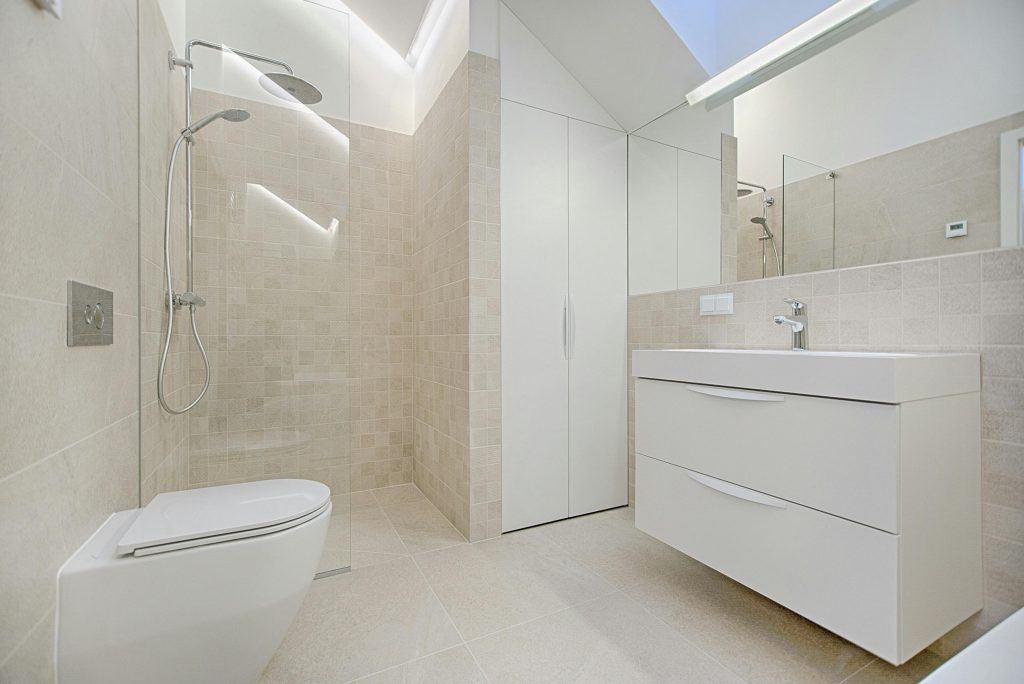Creating an accessible care space for recovering or elderly patients is more than just a design challenge. It’s about understanding the unique needs of those who will be using the space, and providing a solution that allows them to maintain their independence as much as possible.
Understanding the needs of every patient
The first step in designing an accessible care space is to understand the specific needs of the patient you will care for. This involves taking into account factors such as mobility, cognitive ability, and sensory perception. For example, for elderly patients, as they age they may experience a decrease in mobility, which can make it difficult for them to navigate spaces with stairs or narrow hallways. People recovering from injuries, depending on the body part and severity, might require adaptations for sight, hearing, or mobility as well. It all depends on what their specific needs are.
Designing for accessibility is the goal
One of the crucial aspects of designing an accessible care space is ensuring that it’s easy for elderly or recovering patients to move around. This includes creating wide corridors and doorways, installing handrails and ramps, and ensuring that the floor surfaces are non-slip. Additionally, it’s essential to consider the placement of furniture and other objects in the room, to avoid creating obstacles that could pose a trip hazard.
The importance of bathrooms
When designing accessible care home bathrooms, several factors need to be considered. These include the layout of the room, the type of fixtures installed, and the materials used. The bathroom layout should allow for easy wheeling of a wheelchair or walker, with enough space to turn around. The fixtures, such as the sink and toilet, should be at an appropriate height for someone in a wheelchair, and grab bars should be installed near the toilet and shower for added safety. The materials used in the bathroom should also be non-slip, to prevent accidents.
Make the space comfortable and homely
While functionality and safety are vital in an accessible care space, it’s also important to create a comfortable and homely environment. This can be achieved by selecting warm and inviting colours, comfortable furniture, and familiar objects that can help stimulate memory and promote a sense of well-being.
Staying updated with the latest trends is important
As technology continues to evolve, there are more and more products and devices available that can enhance the accessibility and comfort of a care space. For example, there are now smart home devices that can be programmed to turn lights on or off, control the temperature, or even remind someone to take their medication. By staying updated with the latest trends, you can ensure that your care space is not only accessible and comfortable, but also equipped with the latest tools and technology to enhance the quality of life for elderly or recovering patients.


